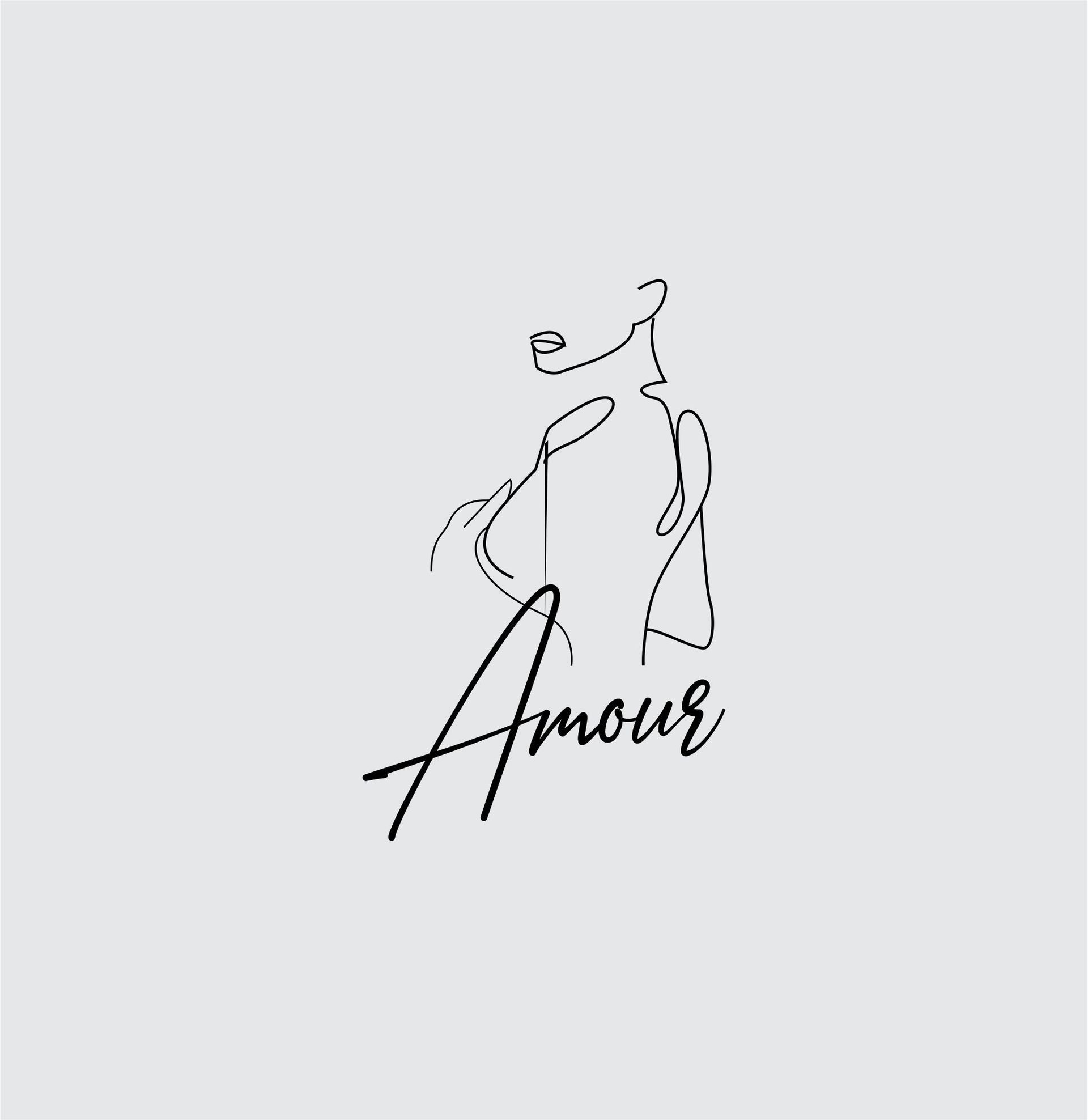
What to Know About Lipolysis for Fat Removal
Lipolysis for fat removal is a cosmetic procedure that involves injecting a solution into the body to dissolve or break down fat cells. The most commonly used solution is a mixture of phosphatidylcholine and deoxycholate, which is commonly referred to as PCDC or "lipodissolve."
Here are a few things to know about lipolysis for fat removal:
Procedure: During the procedure, the solution is injected into the targeted area using a fine needle. The solution works by breaking down the fat cell membrane, causing the fat to release and be absorbed by the body.
Areas Treated: Lipolysis is most commonly used to address small pockets of fat that are resistant to diet and exercise, such as the underarms, thighs, love handles, and stomach. It can also be used to reduce the appearance of cellulite.
Recovery: There is usually little downtime associated with lipolysis. Some mild swelling, bruising, and tenderness at the injection site may occur. Patients are advised to avoid strenuous physical activity for a few days after the procedure and to wear a compression garment to help with any swelling.
Results: The results of lipolysis are gradual and may take several weeks to become visible. It may require multiple treatments to achieve the desired results. The results are considered permanent as long as the patient maintains a stable weight and a healthy lifestyle.
Risks: Lipolysis is a safe procedure when performed by a qualified and experienced provider. However, some potential risks and side effects may include infection, scarring, uneven contouring, and allergic reactions to the solution.
It is essential to consult with a qualified provider to determine if lipolysis is the best treatment option for you and to discuss any potential risks and side effects.
INJECTABLE DEOXYCHOLIC ACID
- Deoxycholic acid occurs naturally in the body and helps break down fat for digestion.
- In injectable form, deoxycholic acid can break down fat cells on contact.
- It is used for isolated reduction of fat in the under-chin area.
- Multiple injections are administered under the chin with a very thin needle, using a grid pattern.
- Injections take about 20 minutes.
- Local anesthetic may be used for comfort.
- For optimal results, two to four treatments are given spaced one month apart.
- Common side effects are usually temporary and mild, such as swelling, numbness, redness, or bruising at the treatment site.
- Serious side effects are rare and usually improve on their own but may include facial weakness or prolonged numbness.
- Results should last unless significant weight gain occurs.
COST A CC $150
Interested in our services? We’re here to help!
We want to know your needs exactly so that we can provide the perfect solution. Let us know what you want and we’ll do our best to help.


